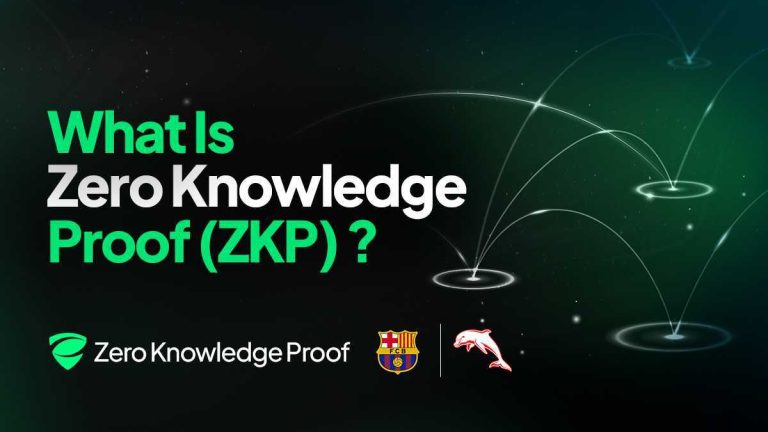
Navigating the Future: Emerging Trends in Fintech Technology
Fintech, or financial technology, is a term used to describe the intersection of finance and technology. It refers to the use of technology to improve and automate financial services, making them more accessible, efficient, and cost-effective. Fintech is a rapidly evolving industry, with new technologies and innovations emerging every day. In this article, we will explore the latest trends in fintech and how they are shaping the future of finance.
Section 1: Introduction to Fintech

The fintech industry has experienced significant growth in recent years, with the global fintech market expected to reach $124.3 billion by 2025. This growth is driven by the increasing demand for digital financial services, the rise of mobile payments, and the need for more efficient and secure financial transactions. Fintech companies are using cutting-edge technologies such as artificial intelligence, blockchain, and cloud computing to develop innovative financial products and services.
Section 2: Emerging Trends in Fintech

There are several emerging trends in fintech that are shaping the future of finance. Some of these trends include:
- Artificial Intelligence (AI): AI is being used in fintech to improve customer service, detect fraud, and personalize financial recommendations. AI-powered chatbots are being used to provide 24/7 customer support, while machine learning algorithms are being used to detect and prevent fraudulent transactions.
- Blockchain: Blockchain technology is being used in fintech to provide secure and transparent financial transactions. Blockchain-based systems are being used to facilitate cross-border payments, enable secure voting systems, and provide transparent supply chain management.
- Cloud Computing: Cloud computing is being used in fintech to provide scalable and secure financial infrastructure. Cloud-based systems are being used to provide on-demand financial services, enable real-time data analytics, and reduce the cost of financial infrastructure.
- Mobile Payments: Mobile payments are becoming increasingly popular, with the global mobile payment market expected to reach $1.4 trillion by 2025. Mobile payment systems such as Apple Pay, Google Pay, and Samsung Pay are being used to facilitate contactless payments, enable peer-to-peer transactions, and provide secure financial transactions.
Section 3: Future of Fintech

The future of fintech is exciting and uncertain. As new technologies and innovations emerge, we can expect to see significant changes in the way financial services are delivered. Some of the potential trends that may shape the future of fintech include:
- Quantum Computing: Quantum computing has the potential to revolutionize the fintech industry by providing unprecedented levels of computing power and security. Quantum computers can be used to simulate complex financial systems, optimize investment portfolios, and detect and prevent financial fraud.
- Internet of Things (IoT): The IoT has the potential to transform the fintech industry by providing new opportunities for financial transactions and services. IoT devices such as smart home devices, wearables, and autonomous vehicles can be used to facilitate contactless payments, enable peer-to-peer transactions, and provide secure financial transactions.
- 5G Networks: 5G networks have the potential to transform the fintech industry by providing faster and more secure financial transactions. 5G networks can be used to facilitate real-time data analytics, enable faster payment processing, and provide more secure financial transactions.
Section 4: Conclusion

In conclusion, the fintech industry is rapidly evolving, with new technologies and innovations emerging every day. As we navigate the future of fintech, it is essential to stay informed about the latest trends and developments. By understanding the emerging trends in fintech and their potential impact on the industry, we can better prepare ourselves for the challenges and opportunities that lie ahead.



